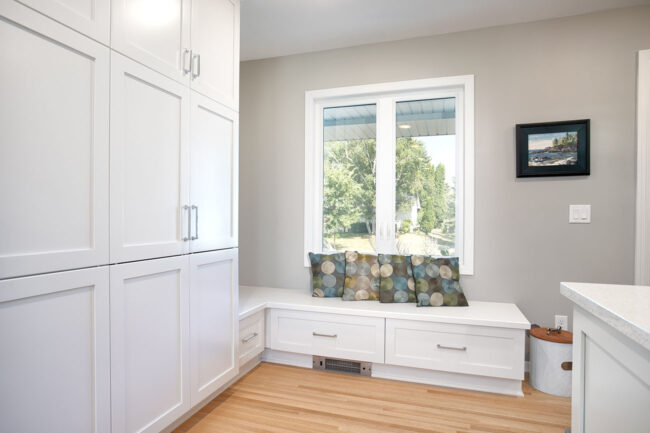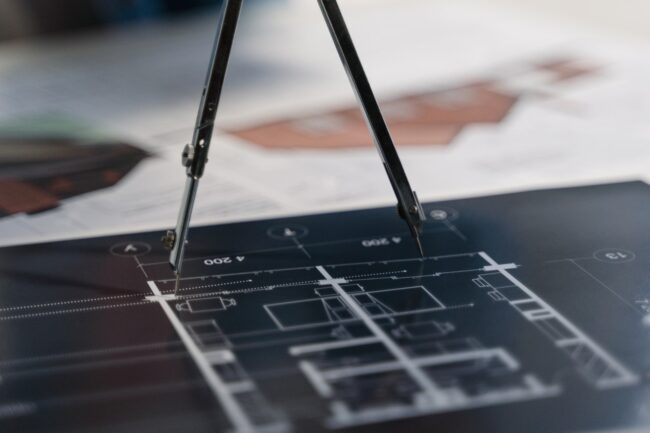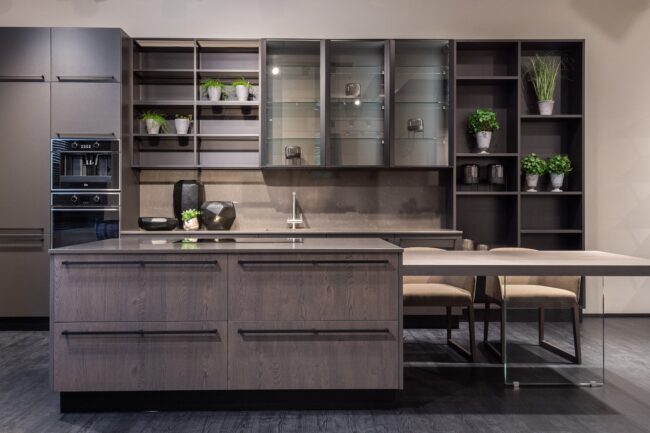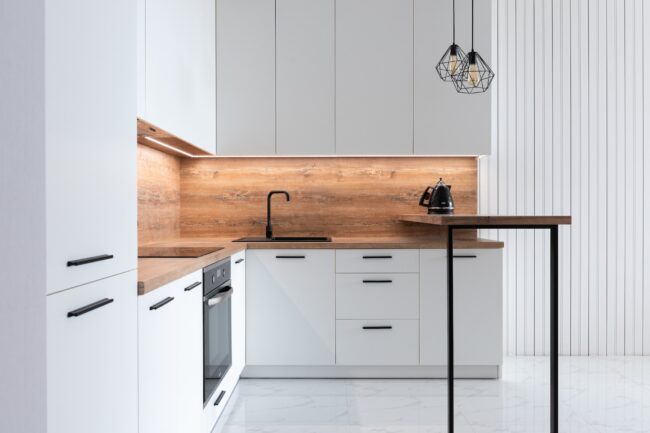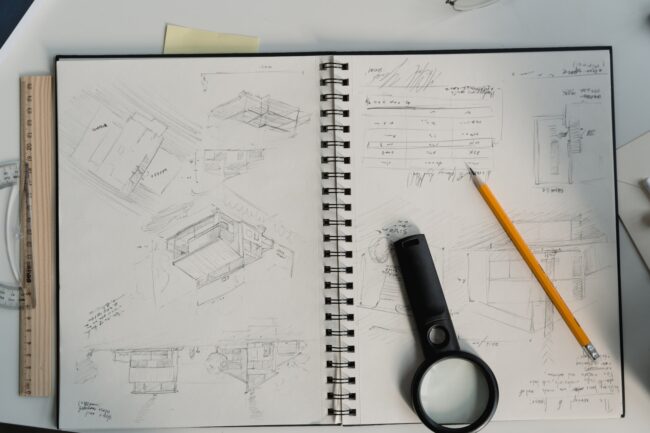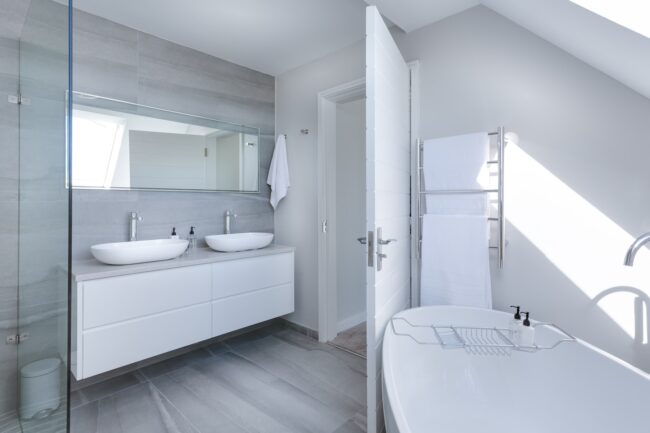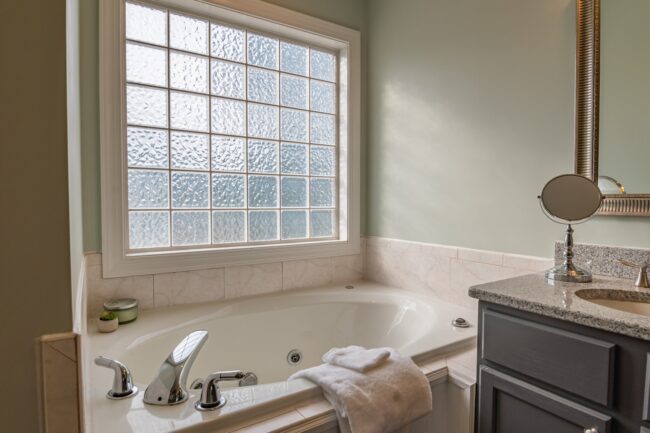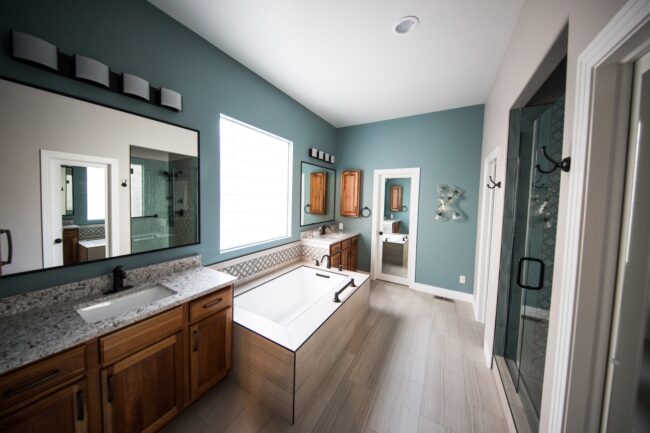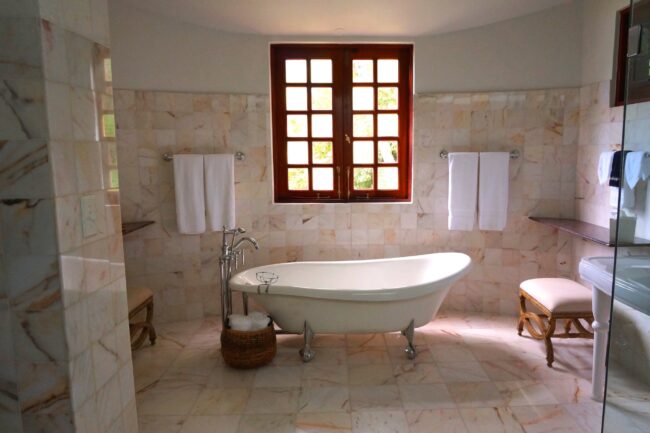Eco-Friendly Home Improvements That Make a Difference
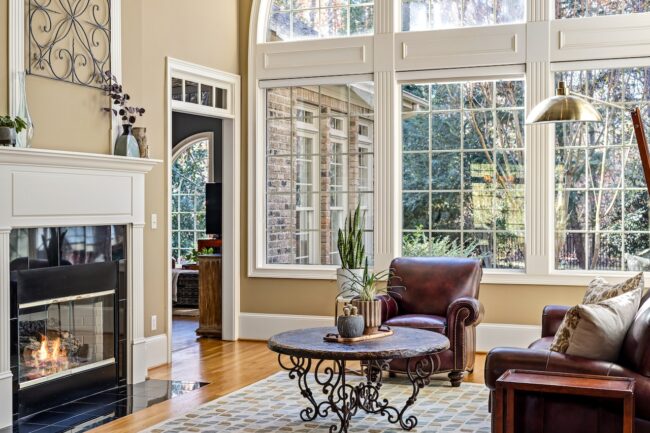
A Sunny living room.
As our society becomes more conscious of our impact on the environment, eco-friendly home improvements have become an increasingly popular trend. Not only do these home improvements benefit the environment, but they can also save your funds on utility costs in the years to come. From installing solar panels to composting food waste, there are many options for homeowners looking to make their homes more sustainable. This article will explore six eco-friendly home improvements that will help you lower your carbon footprint and make your house more sustainable.
#1 Set up Solar Energy System
Installing solar panels is one of the most effective ways to environmentally friendly your home. Solar panels generate electricity from the sun, reducing your dependence on fossil fuels and consequently lowering your carbon footprint.
While the initial installation cost can be high, the long-term benefits are substantial. Solar panels can generate electricity for over 25 years, making them an excellent long-term energy-efficient investment. The cost of solar panels has dropped significantly in recent years, making them more accessible to the general public. Furthermore, by generating your own electricity, you can reduce your reliance on the grid and save on energy bills in the long run.
Installing solar panels is one of the best methods to make your home more eco-friendly.
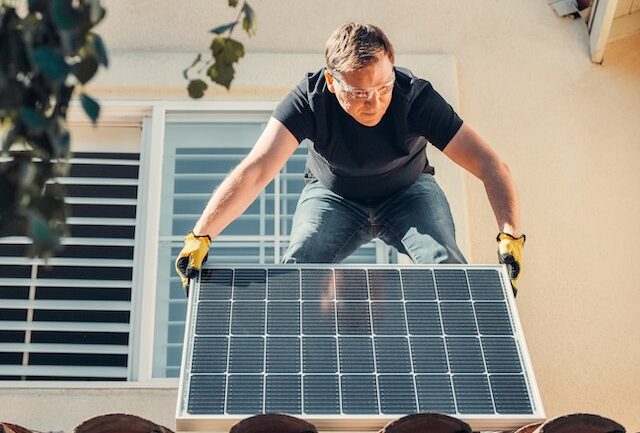
A man installing solar panels.
#2 Switch to LED Lighting
The majority of homes use a large amount of energy for lighting. Therefore, a small eco-friendly home change that can have a significant impact is switching to LED lights. Compared to incandescent bulbs, LED lights are more energy-efficient and have a 20-fold longer lifespan. They can significantly reduce the amount of energy used in your home because they are more affordable and energy-efficient options.
In addition to being eco-friendly, LED lighting has a lot of other advantages. They don’t contain mercury or other hazardous chemicals and release less UV radiation. In addition, various color temperatures are available, letting you personalize your home’s lighting to your tastes while minimizing your environmental effect.
#3 Invest in New Windows
Old windows can be a significant source of energy loss, allowing heat to flow out during the winter and pass through during the summer. Improve the general comfort of your home by switching to energy-efficient windows. This can also assist in minimizing energy loss and heating and cooling expenditures. Additionally, they can lessen outside noise while improving indoor air quality.
Energy-efficient windows come in an assortment of varieties, including double-, triple-, and gas-filled windows. The most typical type of window has two panes of glass divided by an insulating layer of air or gas. With a third layer of glass, triple-pane windows offer even greater insulation. Gasses like argon or krypton, which are more effective insulators than air, are used to fill gas-filled windows.
To make your home more eco-friendly, invest in new energy-efficient windows.
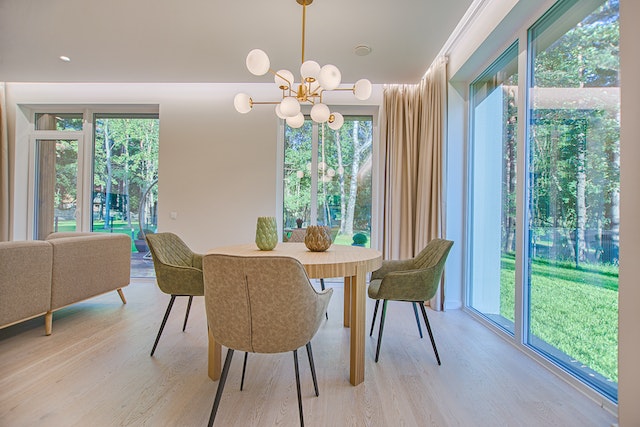
Glass walls of the dining room.
#4 Install a Tankless Water Heater
Another way to reduce your environmental impact and make your home more sustainable is by installing a tankless water heater. Unlike traditional water heaters, which store hot water in a tank, tankless water heaters heat water on demand, providing hot water whenever you need it without wasting energy. They don’t waste energy continuously heating a large water tank, as traditional water heaters do. According to the U.S. Department of Energy, tankless water heaters can be up to 34% more energy-efficient than conventional water heaters.
Tankless water heaters outlast conventional water heaters in terms of lifespan in addition to the energy economy. In contrast to traditional water heaters’ 10-15 year lifespan, they can endure up to 20 years.
#5 Sit Green
Out with the old, in with the new! Upgrading your furniture can be a fun and exciting experience, especially when you know you’re positively impacting the environment. With so many sustainable and eco-friendly furniture options available, you can transform your living space and create a more stylish and sustainable home. Even though you may need expert help to pack and replace your old furniture, you’ll enjoy your new furniture for years to come, knowing that it was built to last and won’t contribute to landfill waste.
Sustainable furniture is designed to last longer than traditional furniture and can be repurposed or recycled at the end of its life. It can be made from various materials, including bamboo, cork, reclaimed wood, recycled plastic, and metal. These materials are renewable, biodegradable, and/or recycled, which means they won’t contribute to landfills at the end of their life. In addition, sustainable furniture manufacturers often use low-VOC (volatile organic compounds) finishes and adhesives, which reduces indoor air pollution and ensures that the furniture is safe for use in your home.
#6 Get Rooted in Sustainability
Planting trees can be a fun and rewarding experience, and it will not just improve your home. Planting trees is one of the most effective ways to combat climate change and promote overall environmental sustainability. Trees absorb carbon dioxide and other pollutants from the air, providing shade and cooling. In fact, a single mature tree can absorb up to 48 pounds of carbon dioxide per year, making it an essential tool in mitigating the effects of climate change. In addition to their environmental benefits, trees also provide a range of social and economic benefits. They can improve air quality, reduce energy costs by providing shade and insulation. Trees also provide habitats for wildlife and can help prevent soil erosion and water pollution.
Trees produce shade and provide cooling by absorbing carbon dioxide and other air pollutants.

Person holding a green plant.
Final Thoughts
Making eco-friendly home improvements is good for the environment and can benefit your health and well-being. You may lower your carbon footprint by implementing sustainable activities and materials into your house. In the long run, this can also save you funds.
Remember, no matter how small, every action can make a difference in the fight against climate change and environmental degradation. So why not start making eco-friendly home improvements today and join the movement towards a more sustainable and healthier world?

